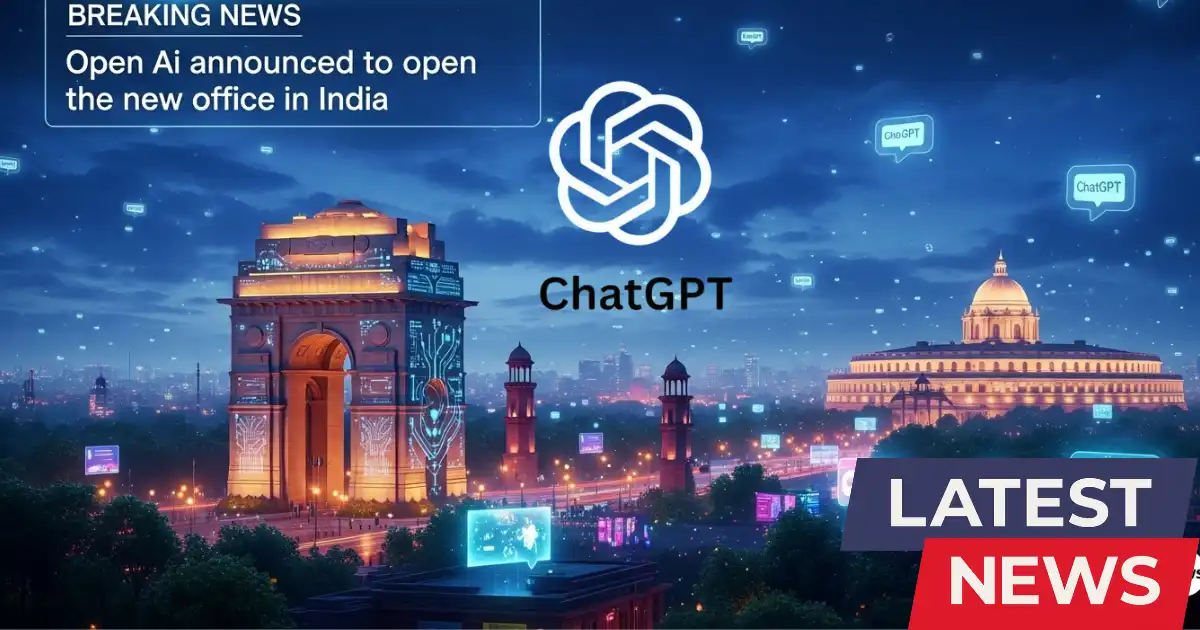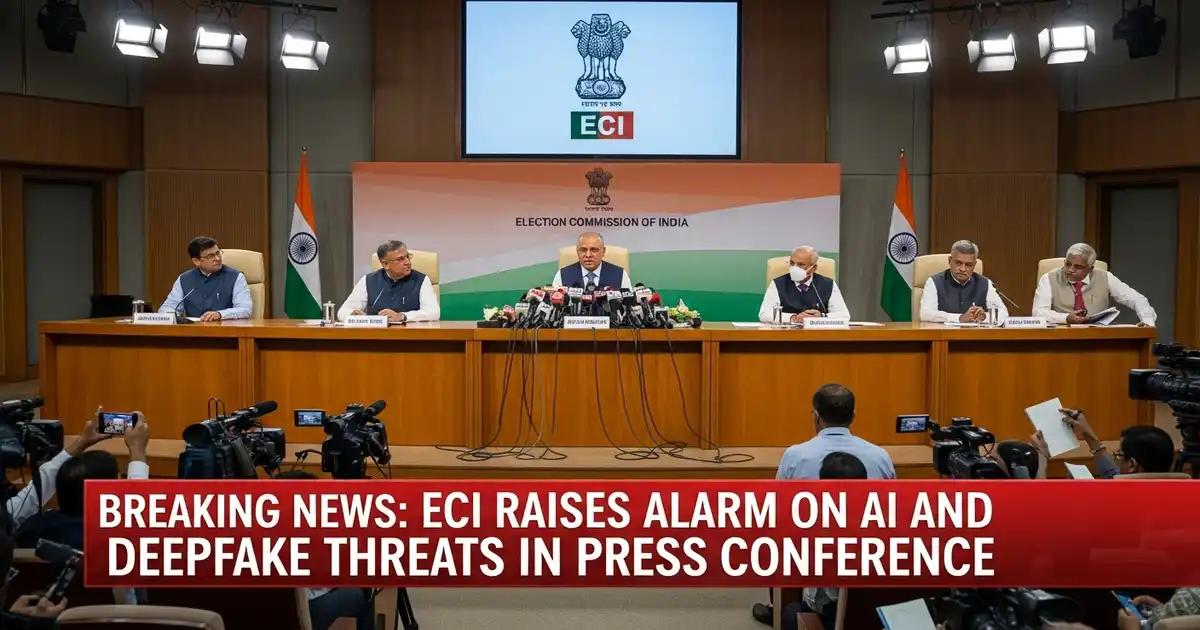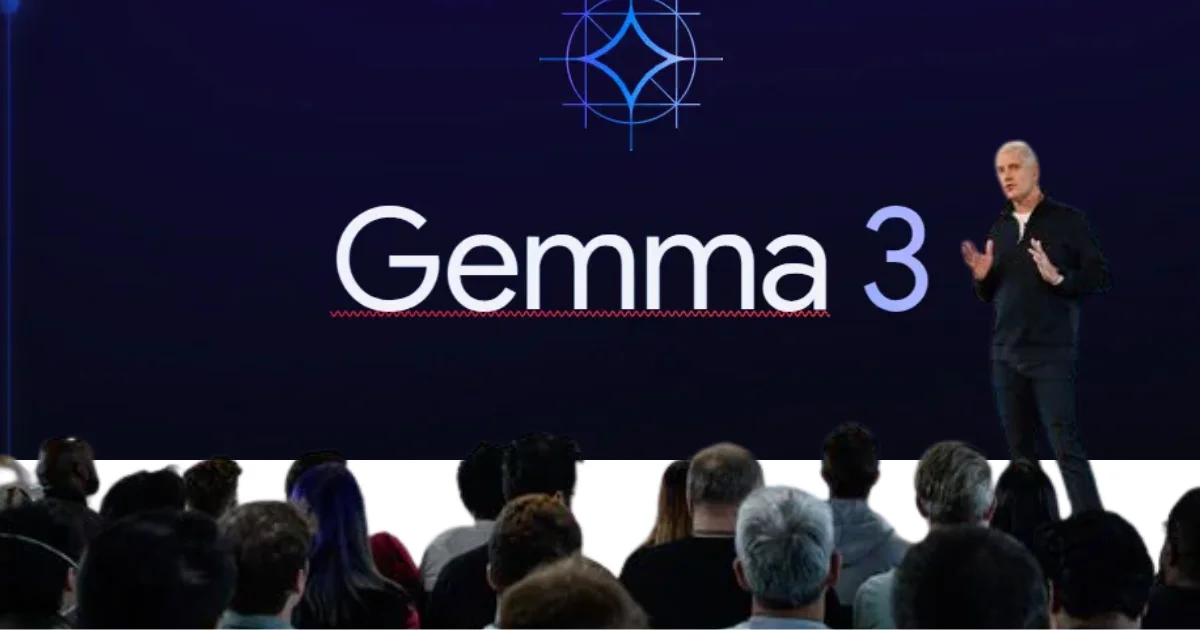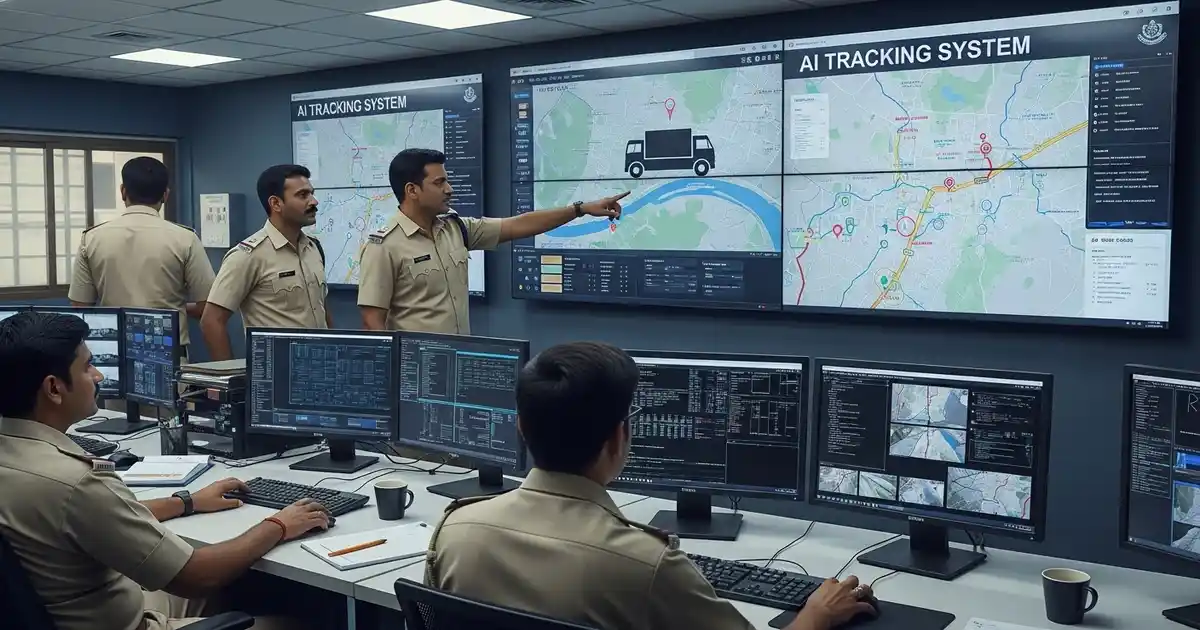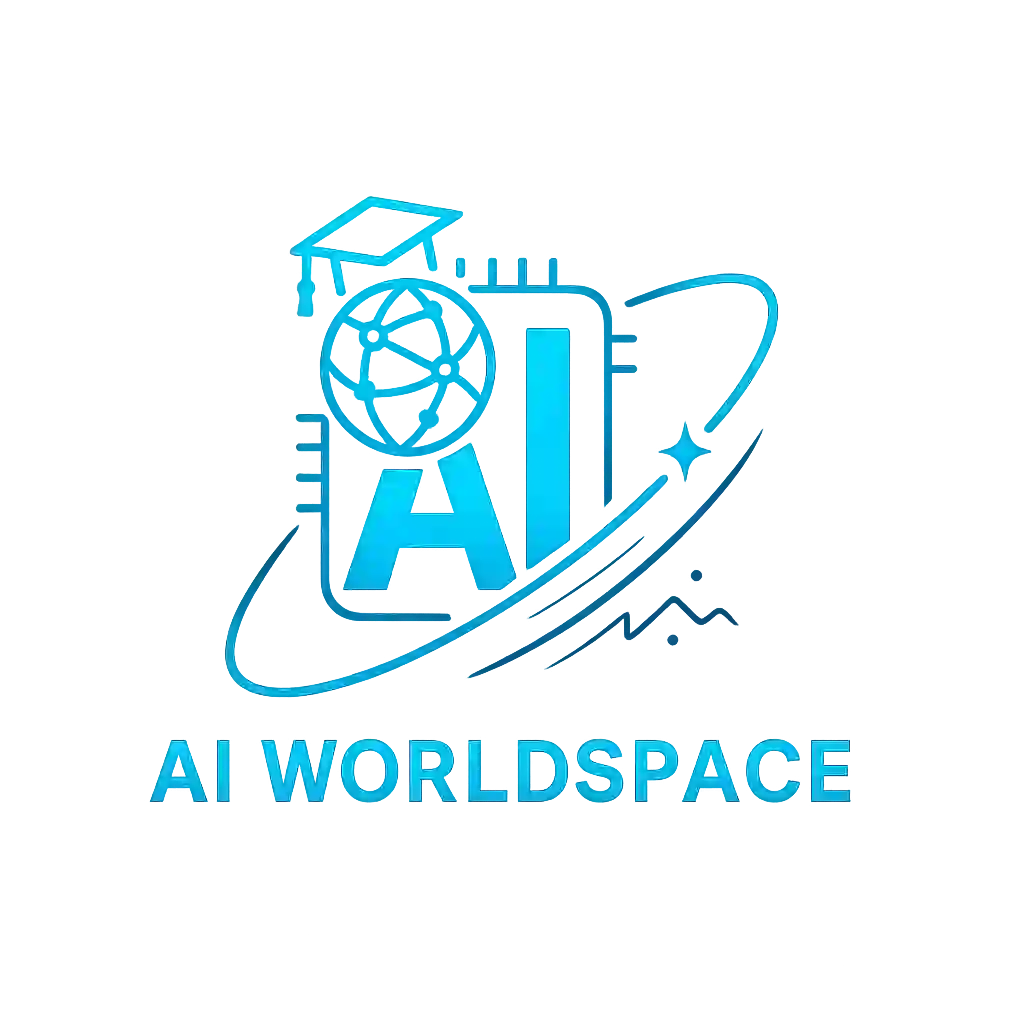Bengaluru, India July 10, 2025 Reading Time: ~2 minutes
If you’ve scrolled through Indian Instagram or YouTube lately, chances are you’ve met them — Mankesh and Dogesh, the AI-generated monkeys who roast, react, and rant like they own the internet. With their mischievous expressions and desi-style dialogues, these two virtual monkeys have become a viral phenomenon. But who made them, and why are they everywhere?
Turns out, there’s a very real, very creative team behind the madness.
Credit :You tube & mankesh and dogesh Vlogs
How the Monkey Madness Began & Who Created AI Monkeys Mankesh and Dogesh
The brains behind Mankesh and Dogesh are two Indian content creators who prefer to stay semi-anonymous online, but go by the usernames Visual Donkey and Oye Ankit. What started as a fun AI experiment using animation and voice synthesis quickly turned into a cultural wave when their characters began commenting on trending news, politics, cricket, and daily life — all in a uniquely Indian voice.
These aren’t just monkey cartoons. Each character has a distinct personality:
- Mankesh is usually the logical one — sarcastic, calm, and always ready with a punchline.
- Dogesh plays the hot-headed sidekick — loud, emotional, and endlessly relatable.
The creators use AI tools like voice cloning, deepfake-style animation, and ChatGPT-style scripting to produce their daily content. But the real hook? Their scripts mirror everyday Indian conversations — casual, funny, and brutally honest.
The Bigger Shift in Indian Content
Mankesh and Dogesh may be digital, but their impact is very real. They’ve carved a new niche in Indian internet culture — one where AI-generated avatars don’t just entertain, but reflect the frustrations, humour, and opinions of the average desi viewer.
What sets this apart from other AI content is how localised and culturally rooted it feels. These aren’t Western-style bots or robotic narrators — they talk like us, joke like us, and fight like your college friends might.
This shift hints at where Indian content creation could be headed: a mix of AI-powered speed and human-style relatability. If done right, it’s not just viral — it’s revolutionary.
Also Read:
Is OpenAI Secretly Building a Browser to Kill Google Chrome?
After latest update, Elon Musk’s Grok AI insults users, sparks outrage
India’s AI Skills Crisis: Why Education Must Shift from Degree-Centric to Skill-Centric in 2025
#ArtificialIntelligence2025,#ArtificialIntelligenceIndia,#Ainews


